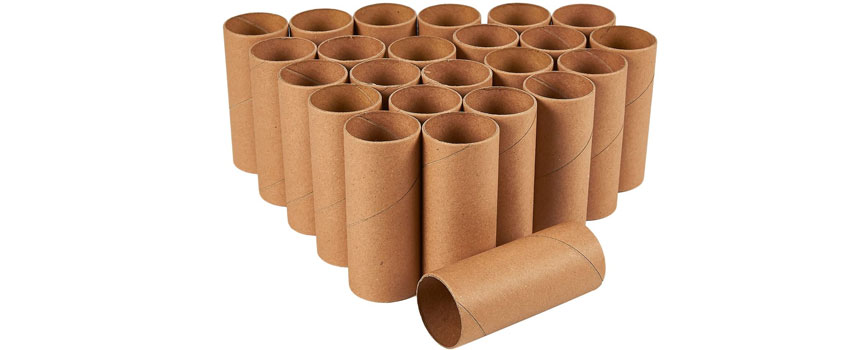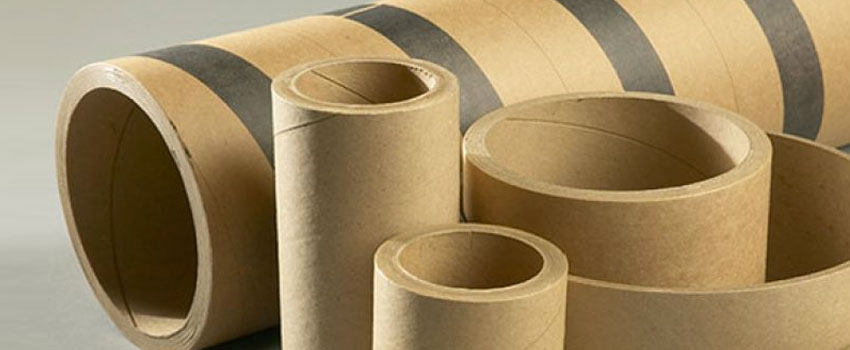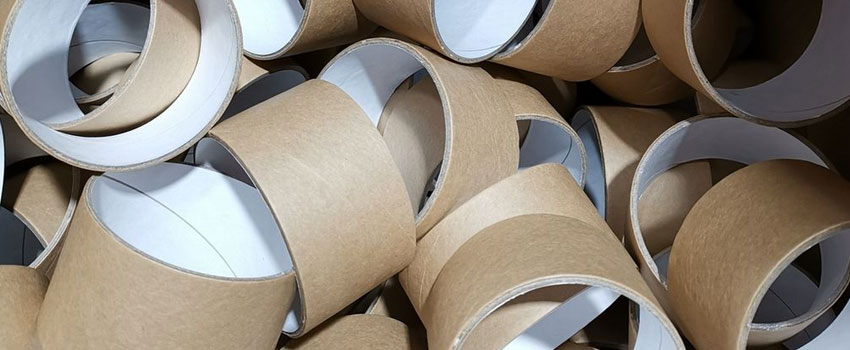Packing Tips – The idea of moving house can sound exciting to those with required tools like boxes and label cores. However, some people dread it because they may not know where to start. You have to buy packing supplies, contact utility companies, hire a moving company and clean the entire home before leaving. So how do you go about packing up your house for moving and ensure you don’t forget anything or lose an item on transit?
Packing Supplies
The first thing you need to get right is your packing supplies. It doesn’t matter how many boxes you have in your house, you will need a variety of packing items to help you pack all your belongings. You should also make sure the boxes, which should of different sizes, are sturdy enough to endure the moving. Generally, you are going to need the following packing supplies:
- Small boxes
- Medium boxes
- Large boxes
- Heavy-duty boxes
- Cardboard tubes
- Wardrobe boxes
For you to have a smooth house move, it is best to varieties of cardboard tubes as these will help you pack your fragile and valuable items such as mirrors.
You will also need such things as:
- Bubble wrap
- Label maker
- Styrofoam
- Plastic bags and
- Marker
So how do you start packing your things?
How to Pack
Step 1: Start Early
Don’t wait until the morning of moving for you to start packing. You are likely to leave a lot of your stuff if you start packing hastily the day of your moving. Start in advance, at least two months before the day of moving.
Step 2: Start with Stuff You Don’t Use Often
Items you don’t use often are ones you are likely to forget, so start with them earlier on. Mostly, these items are in the rooms you barely visit. Items like garden tools, Christmas lights, and coats are examples of less often used items. Stuff Christmas lights in mailing tubes and your garden tools in a heavy-duty box.
Step 3: Declutter
Not everything in your house is worthy of packing. Set aside the unwanted items and throw away or donate them to charity. You can also sell them if you need extra cash on eBay or your local classified sites. Ask your friends and neighbours if they would like the unwanted items.
Step 4: Create An Inventory List
Creating a detailed inventory can go a long way in making your work easier especially if you have large collections of trinkets, CDs, books, and so on.
Step 5; Deal with One Room at a Time
By packing one room at a time, you reduce the likelihood of leaving other items behind. It will also help you stay organized and when you get to your new home, you will be able to know which box goes where. Textile cores are handy tools that can help you effectively pack one room at a time, as well as make it easy to load your items in the moving truck.
Step 6: Watch out for Weight Limit per Box
This is perhaps one of the most important things to remember when packing your stuff. Make sure you do not exceed the maximum weight limit of thirty pounds per box. The trick is to pack light items in large boxes and heavy items in small boxes. This will also allow you to properly use your label cores for delicate items.
Step 7: Use Cardboard Tubes and Cores for Your Spillable Items
Cardboard tubes, mailing tubes, and paper tubes are the best options for transporting detergents and toiletries as well as other items that could spill on transit. Cardboard or paper tubes also offer package cushion, which keeps your items safe even during the long haul.
Label cores are also perfect for carrying cables and other wiring appliances. But make sure you label them to avoid confusion during unpacking.
Step 8: Store Your Valuables in a Single Place
For obvious reasons, store all your delicate and valuable items in a single place and make a clear inventory list to avoid any confusion later.
Step 9: Place Lighter Boxes on Top
Needless to say, make sure your light boxes are on top and heavier ones at the bottom. This ensures that your delicate items are not crushed in transit.
Step 10: Label Your Boxes
This is the most important step when packing your items. If you want to avoid confusion during unpacking, make sure you label all your boxes and label cores or cardboard tubes. Also, consider using different colours for every item for every room. For instance white for all living room items, blue for all bedroom items, yellow for all your kitchen items, and so on.
Enlist the help of your kids for this task, they will love it. Plus it will help reduce some stress that comes with moving!









